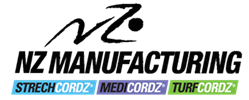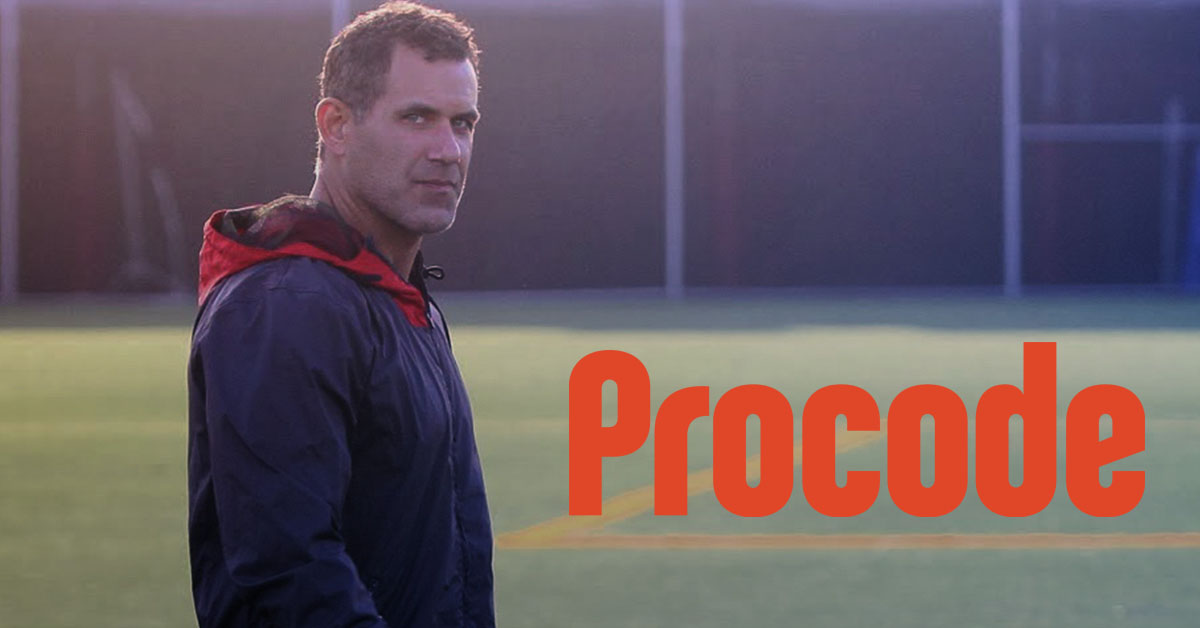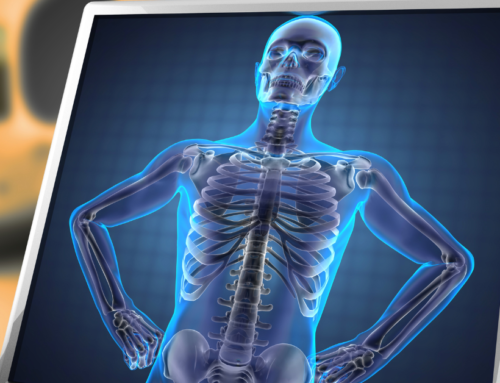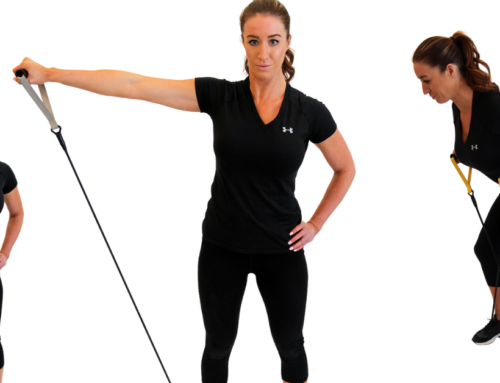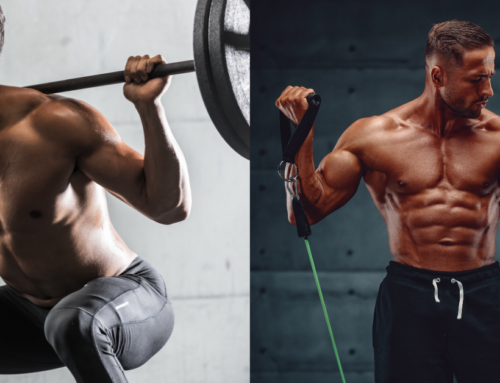Scot Prohaska is a nationally recognized sports and executive performance consultant with over 30 years of experience at the highest level.
Working with all levels of athletes, from professional and olympic competitors to up and coming amateurs, Scot Prohaska and his team at Procode develop athletes to become peak performers through sports science and training. By specializing in the breakdown and biomechanics of each sport and each athlete, competitors in hockey, baseball, basketball, figure skating, volleyball, football and more can benefit from the detailed plans that Procode provides. We sat down with Scot to talk about his strategy for developing peak performers, and how he incorporates resistance training into his programs.
You work with all levels of athletes, across a multitude of sports. Are there any overarching principles that apply to your trainees, regardless of level or sport?
When it comes to the similarities in every athlete, the common thread is human movement. For example, ping pong and skiing have something in common because you have to move the joints and move the body through space. Our initial approach is to look at every single joint of our athletes, to make sure that they are all functioning well and operating healthy. That includes being able to access the full range of motion, full strength, power and accuracy. After that initial assessment, we move into the specialization of the specific sport.
At what point do you incorporate resistance tools into your assessments?
We use resistance tools, specifically the NZ Cordz MediCordz® products in all phases of training, however we use them more in specialization. Resistance products allow us to really target the specific movements our athletes use. We can dial in the rotation for a quarterback or baseball pitcher and we can target hip flexion or work on hamstrings. The free weights that we use allow us to generate power and strength, but you can’t get quite specific enough into the exact movement of the joint with weights like you can with resistance bands. The NZ Manufacturing products allow us to drill down with a little bit more precision into how the joint moves and functions.
Do you find that athletes get to a level where they outperform resistance bands and should only use weights or vice versa?
No, it’s always a combination. The progression with the resistance bands is never ending. We typically move from mastering motor control, to strength and endurance, to max contraction and power and plyometric. There are years and years of progression through these aspects with the resistance bands, far beyond changing the weight or level of resistance. With over 50 current professional athletes in a major sport, we’ve never seen someone outgrow one or the other. There’s so many more ways to progress besides weight.
How do you handle training through sports injuries?
Our approach of going joint by joint helps us to avoid injuries all together. You will be much safer knowing that you have strength, power and stability in a singular joint before putting your body through multi-joint movements. When an injury does happen, our resistance-based approach again allows us to target just that specific area. Our athletes don’t lose training time because they’re injured, we work around those joints to rehabilitate the injured ones and continue progressing the healthy ones. There’s never really a time where we have to completely call off the training. This approach helps keep confidence, and improve our athletes mental state by avoiding the feeling of being a sitting duck while injured.
Any last comments?
The key to our training is transferable exercises. We want to be able to take the training an athlete does, and make sure that it’s directly transferable to hitting, kicking, throwing, jumping or speed. The NZ products allow us to choose exercises that are more closely related to the movements our athletes do, a term called dynamic correspondence. Squats, deadlifts and other exercises are more general, and those we can build with weights. But when we really want to specialize into something directly transferable for our athlete, that’s where the resistance cords are invaluable.
